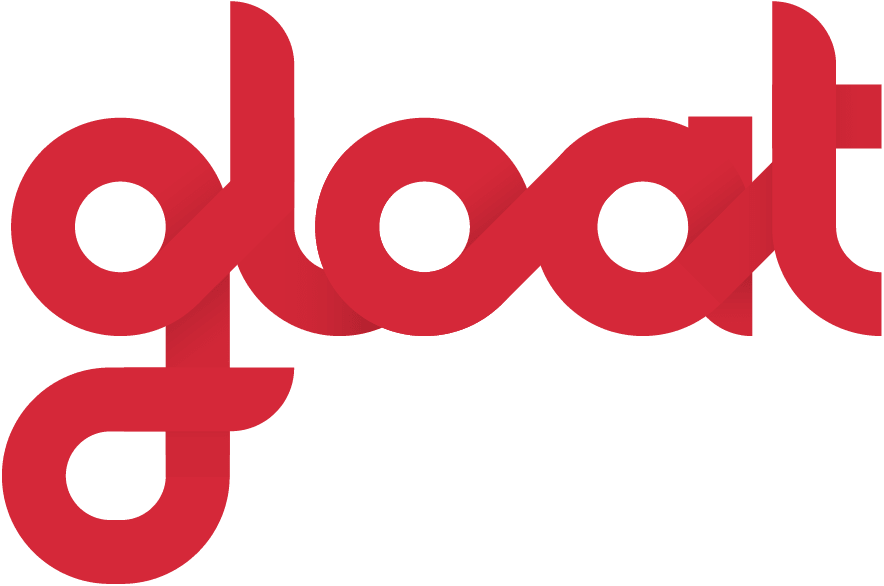Already using LinkedIn Learning or Udemy? Here’s how to supercharge your investment
For CLOs, the challenge isn’t access to content—it’s activating it to build the capabilities your business needs most.

Over the last decade, organizations have poured billions into content-driven learning. Tools like LinkedIn Learning, Udemy, and Coursera offer extensive libraries that put thousands of high-quality courses at employees’ fingertips. For Chief Learning Officers, these platforms promise personalization, flexibility, and scalability. But increasingly, L&D leaders are asking a harder question: If we’ve invested in all this content, why aren’t we seeing the results?
In a world shaped by rapid digital transformation and AI disruption, the traditional model of content-based learning is no longer enough. Access to learning isn’t the same as activation. And as enterprise priorities shift toward agility, adaptability, and workforce resilience, CLOs must rethink what role learning platforms truly play—and whether they’re moving the needle where it matters.
Content isn’t the problem. Context is.
Let’s be clear: the content itself isn’t lacking. The material available through your providers is valuable, current, and well-produced. The problem is how it’s used—or rather, how it’s not used.
Despite strong adoption of content libraries, many organizations still struggle with the same set of challenges:
- Employees are overwhelmed. When given thousands of options with little guidance, they often default to what’s easy or familiar—not what will move them forward.
- Managers lack direction. Without visibility into skill gaps or career trajectories, they’re unsure what learning paths to recommend—or why.
- L&D teams can’t show impact. Tracking completions and hours watched might indicate activity, but it doesn’t prove development, progression, or performance.
The result? Content exists in a vacuum. It’s offered, but not orchestrated. Available, but not aligned. Valuable, but not visible in business outcomes.
This is where an agile workforce operating system like Gloat comes in—not as a replacement for your content ecosystem, but as the connective tissue that makes it work harder, smarter, and more strategically.
Why LXPs don’t bridge the gap
The rise of the Learning Experience Platform (LXP) was meant to address this very challenge. LXPs promise personalized learning journeys, curated recommendations, and AI-driven suggestions based on user behavior. But in practice, most LXPs still operate as discovery layers, not activation engines.
They’re designed to solve for content engagement—not for capability building. They help employees find relevant courses, but they stop short of embedding learning into the broader ecosystem of skills, roles, work, and growth. Most importantly, they fail to connect learning investments to workforce strategy.
And in today’s climate, that’s no longer acceptable. CLOs are being asked to play a more strategic role in shaping the future of work. That means moving beyond systems that deliver content to systems that deliver outcomes—systems that connect learning to the evolving needs of the business.
How to turn your content into capability
An agile workforce operating system like Gloat doesn’t require you to rip and replace the investments you’ve already made. Instead, we meet you where you are—with full integrations into platforms like LinkedIn Learning, Udemy, and others—and turn your content into a living, breathing part of your workforce strategy.
Here’s how:
1. Strategic upskilling journeys, designed with Studio
Using Gloat Studio, your teams can build structured, scalable learning programs aligned to organizational priorities. Whether you’re preparing for an AI transformation, closing a critical skills gap, or developing future leaders, Studio lets you launch targeted, no-code journeys that embed learning content alongside mentorship, experiential projects, and clear outcomes.
2. Contextualized recommendations through Career Pathing
When an employee expresses interest in advancing to a new role—or when a business function flags emerging needs—Gloat recommends the right content based on both the individual’s skills and the future requirements of the role. That means employees aren’t just taking courses;—they’re following a path forward.
3. Embedded learning in the flow of development
Instead of siloed playlists, learning becomes part of a broader career development experience. Content is surfaced alongside internal mobility opportunities, mentorships, stretch assignments, and real-time feedback loops—all within the same platform.
4. Skills-based personalization at scale
Gloat leverages a dynamic skills ontology and AI-driven workforce intelligence to personalize learning not just based on behavior, but on actual skill gaps, market trends, and role evolution. The result: recommendations that are timely, targeted, and tied to real capability-building.
Side-by-side: content alone vs. content with Gloat
| Challenge | With content platforms alone | With Gloat |
| Employees lack direction | Generic libraries with thousands of courses | Personalized, role-based journeys tied to career goals |
| Managers can’t make recommendations effectively | Limited visibility into skill gaps and business needs | Clear guidance through skills insights and career paths |
| L&D can’t demonstrate ROI | Completion and usage metrics | Capability growth, internal mobility, and business readiness |
| Custom program design is time-intensive | Manual effort, slow deployment | No-code design with Studio, scalable across teams |
| Learning is siloed | Isolated from talent systems | Integrated into a unified experience of work and growth |
Reclaiming the strategic role of the CLO
As the enterprise looks to evolve—whether it’s preparing for AI disruption, increasing internal mobility, or improving employee engagement—learning must be more than responsive. It must be proactive. Strategic. Integrated.
That’s the opportunity in front of today’s CLOs.
Your organization isn’t asking for more content. It’s asking for:
- A workforce that’s ready to pivot as skills evolve
- Talent that can move fluidly into critical roles
- Learning that directly supports transformation, growth, and retention
These are outcomes that content platforms alone can’t deliver. But with Gloat, they’re within reach.
Activate the learning stack you already have
The good news? You don’t need to start from scratch. You’ve already invested in quality content. Gloat helps you activate that content, embed it into your talent ecosystem, and align it with business priorities. That’s how you turn a learning library into a workforce strategy engine.
Whether you’re building a digital fluency program, launching an AI readiness initiative, or helping employees navigate career growth, Gloat ensures your learning content is doing what it was meant to do: drive capability, confidence, and contribution.
Let’s make learning count for more
If your current LXP or LMS is struggling to deliver more than content access, you’re not alone.
But you’re not stuck, either.
Gloat empowers you to elevate your existing investments, connect learning to business outcomes, and build a workforce that’s ready for what’s next.
Ready to learn how we can help you unlock the full potential of your learning ecosystem? Get a demo.




